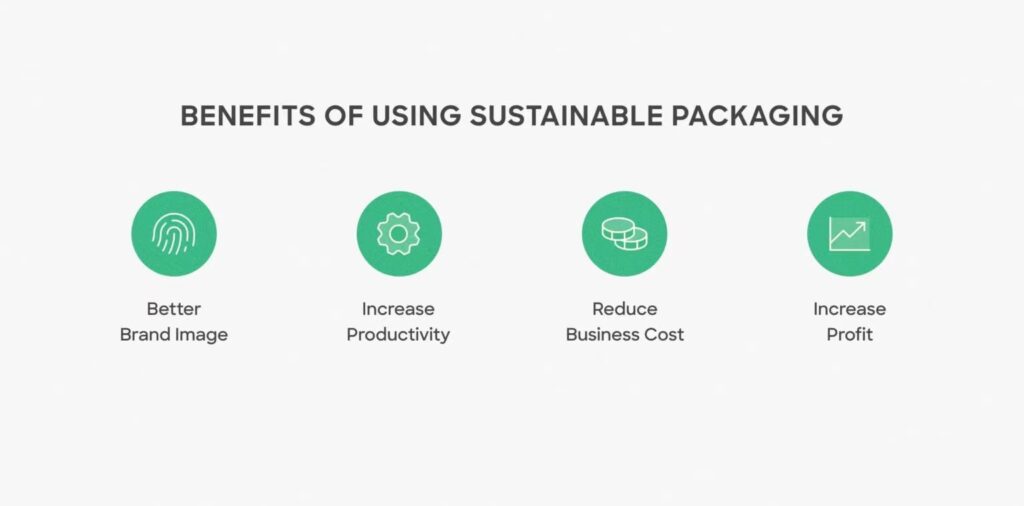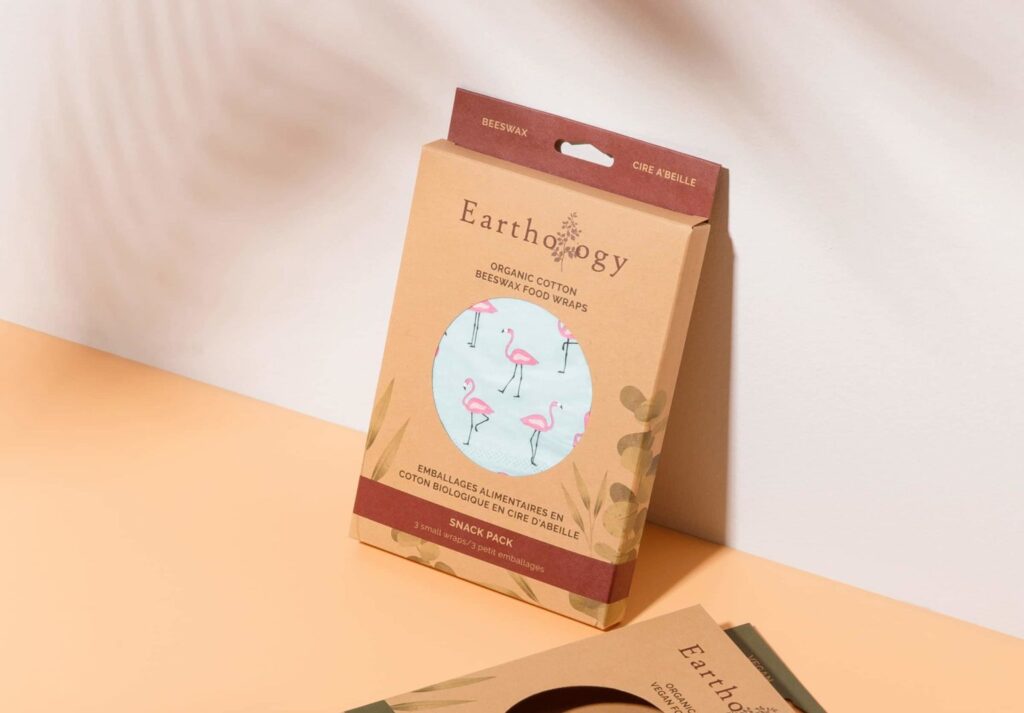1: 環境に配慮したパッケージングを理解する
2: 生分解性素材を選ぶ
3: 再利用可能なパッケージの実装
4: 全体的な材料使用量の最小化
5: リサイクル材料の採用
6. 環境への影響を軽減し、持続可能な包装ソリューションを提供するための当社の選択肢
技術の進歩と、代替となる持続可能な現代的な包装の革新により、企業と消費者は、過剰な包装による環境への影響を減らし、無駄のない包装へと移行するための適切な措置を講じ始めるかもしれません。
私たちTaiwei Packageの使命は、 ソリューション 環境に良い影響を与えるには エコパッケージ:
責任ある材料調達 – 当社では、持続可能な慣行を活用する認定施設からのリソースを使用して、プロジェクトで使用されるすべての材料が再生可能かつ最適化されていることを保証しています。
クリーン製造 – 当社では製造時にクリーンな再生可能なエネルギーを使用し、印刷ジョブを統合して印刷用紙の必要量を最小限に抑えています。また、当社の施設では製造に関連する廃棄物をリサイクル、再利用、堆肥化しています。
設計とエンジニアリング – 私たちは、製造から廃棄まで、プロジェクトのあらゆる段階で持続可能になるようにプロジェクトをカスタマイズします。パッケージやインクの使用を減らしたり、リサイクル材料の使用を増やしたりする場合でも、PakFactory は持続可能なパッケージ デザインを多数提供しています。 また、循環型経済に貢献する効果的なリサイクルを確実にするために、代替の持続可能な包装材料、インク、仕上げも提供しています。
カーボンニュートラルな物流と配送 – 当社は、最適化されたルート計画、バルク出荷、集合梱包を通じて、カーボンニュートラルな出荷を実現することに取り組んでいます。
フルフィルメント – 当社は、3PLや自動梱包システムに準拠し、労働集約的で無駄なプロセスを削減し、効率を最大化するソリューションを提供します。
リサイクルと廃棄物 – 当社のすべてのサービスは、責任ある使用済み製品の廃棄を容易にし、循環型経済に貢献します。


